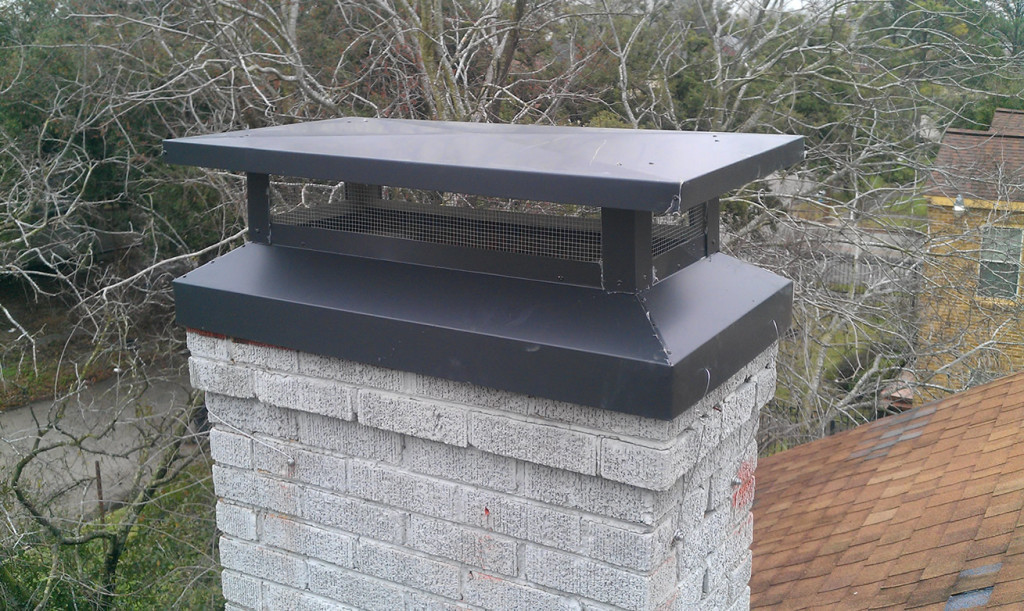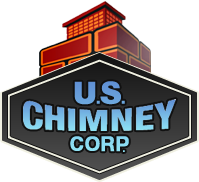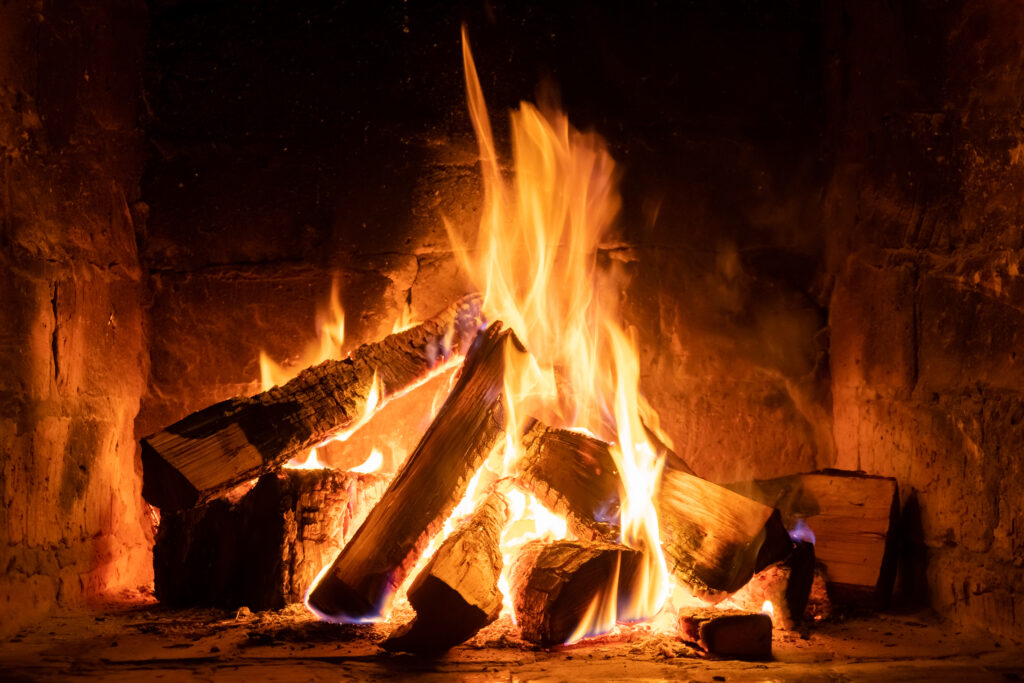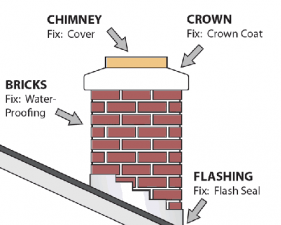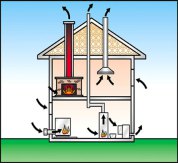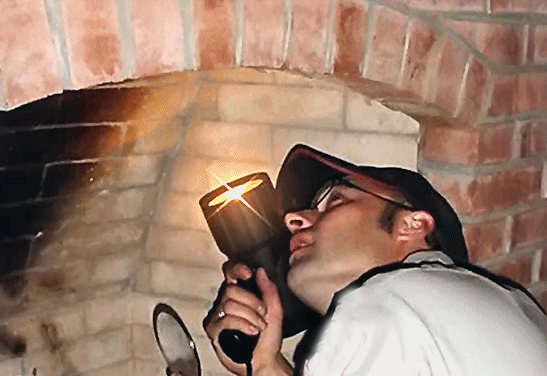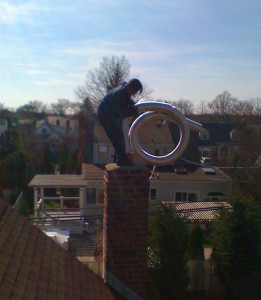Our Blog
Why a Functional Chimney Cap is Essential
A chimney cap is an essential component of your chimney system. Here are five reasons why you need a functional chimney cap installed:
Reduces Moisture: A chimney cap will keep rainwater from coming down your home’s chimney and potentially damage chimneys with stainless steel liners, chimney dampers, and chimney mortar joints. Moisture from rainwater can also produce mold and mildew and create costly damage. We offer professional chimney cap installations that can help prevent these issues.
Keep out animals: Wild animals like birds, raccoons, and squirrels often attempt to make their homes within chimneys. In many cases, these critters will enter the chimney but won’t be able to exit, eventually dying, which can introduce maggots, flies, and unpleasant odors into your home. A properly installed chimney cap, sized accurately, will prevent animals from entering the chimney area.
Block Downdrafts: A chimney cap is designed to help prevent wind-induced downdrafts, which can occur when the wind is blowing in a particular direction. Without a chimney cap, if you’re using a wood-burning fireplace, a wind-induced downdraft has the potential of blowing smoke back into your home.
Stop Sparks and Embers: Chimney caps are also referred to as spark arrestors, as they prevent lit embers or sparks from traveling up the chimney and landing on the roof, which could catch it on fire.
Prevent Debris Build-up: Chimney caps prevent leaves, branches, twigs and other debris from entering a chimney, preventing build-up and expensive damages.
Don’t wait until it’s too late; get a chimney cap installed today. Contact us for more information on professional chimney cap installations.
